June/July 2023 Global Currencies Recap: US Fed pause amid G10 rate hikes
Except for the Japanese yen and the Chinese yuan, the currencies of the Group of 10 (G10) countries, a group of industrialized nations, has shown potential for appreciation against the US dollar.

After a strong performance in May, US dollar weakness took hold once again in June as markets expected the US Federal Reserve to pause its rate decision while central banks in the Euro zone, United Kingdom (UK), Canada, and Australia continued to hike rates.
The US Fed eventually surprised markets by revising its yearend interest rate projections to imply two more 25-basis-point (bp) hikes. Fed Chair Jerome Powell reiterated the central bank’s focus, saying that “returning US inflation to 2% is crucial to support the long-term health of the US economy.”
Recession fears amid further rate hikes abated after key US housing starts data printed a staggering 21.7% vs. -0.8% forecast, its highest level since August 2020. These factors helped the US dollar recuperate 50% of its losses by the end of the month.
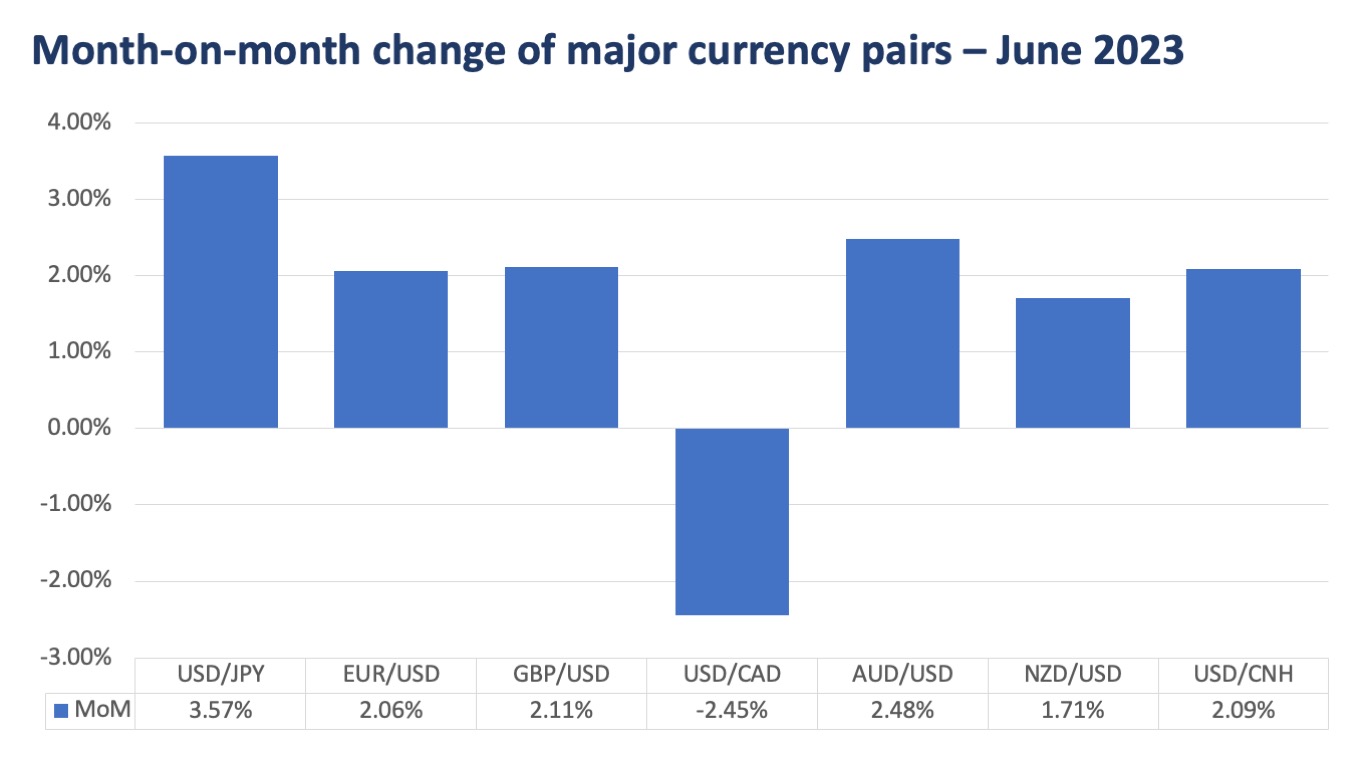

The Japanese yen (JPY) was the outlier among developed markets, weakening from 138.80 to 144.30 (+3.57%). With his first quarter as Bank of Japan (BOJ) governor behind him, there are still no indications that Kazuo Ueda plans to amend the BOJ’s ultra-loose monetary policy anytime soon.
Originally targeting 2% inflation, the central bank has accepted 3%+ year-on-year inflation since February 2023. USD/JPY has since then returned to 139-levels on the possibility of another Fed pause in September, but the currency pair will likely stay elevated unless the BOJ reverses its position.

The euro (EUR) gained 2.06% in June, from 1.0762 to 1.0909, as the European Central Bank (ECB) delivered a 25-basis point (bp) rate hike to 4%. ECB President Christine Lagarde reaffirmed hawkish rhetoric, stating that there is still “ground to cover” to stave off high inflation, which eased to 5.5% in June.
While its currency pair is still well above the 1.0900-level, the Euro zone continues to fight against economic headwinds, after Q1 2023 gross domestic product (GDP) growth was revised lower from 0.1% to -0.1%. Despite lingering recessionary fears, our FX traders still remain biased toward a stronger euro as the region’s economy looks like it will be able to weather through tighter monetary policy.
The pound sterling (GBP) started June at 1.2527 and then ended higher at 1.2703 (+2.11%), on further hawkishness from the Bank of England (BOE). The central bank hiked it policy rate by an even greater 50 bps to 5%.
UK inflation in June eased to 7.9% year-on-year from two consecutive months at 8.7%, but it is expected to remain sticky as the labor market remains resilient. Annual wage growth increased by 6.9% despite unemployment increasing from 3.8% to 4%. GBP may still have some ways to go higher as the BOE considers more rate hikes.
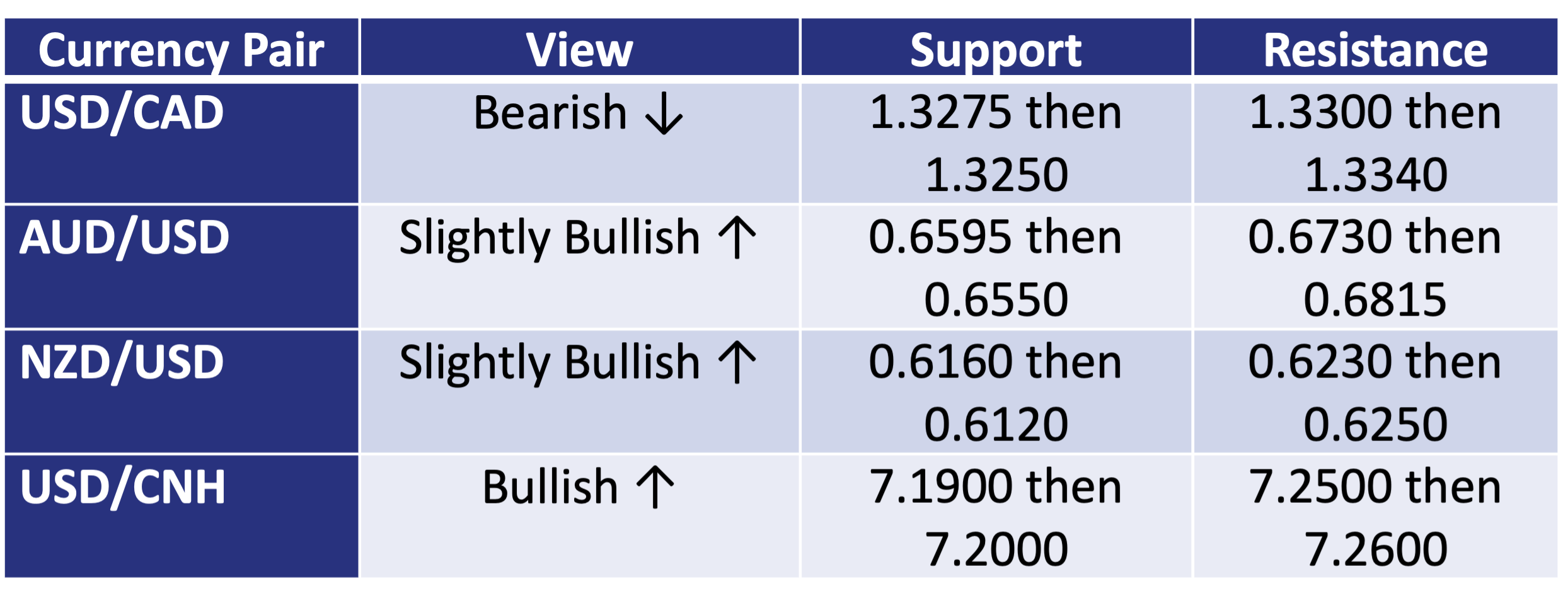
The Bank of Canada (BOC) delivered a surprise 25-bp rate hike to 4.75%, after having paused its tightening campaign in the previous two meetings. This came after BOC officials were dismayed with April inflation increasing to 4.4% year-on-year from 4.3% in March. May inflation would later print much lower at 3.4%. The Canadian dollar (CAD) strengthened by 2.45% from 1.3449 to 1.3242.
The Australian dollar (AUD) was the top performing G10 currency for the month of June on the back of strong economic data releases and a surprise 25-bp rate hike by the Reserve Bank of Australia (RBA) to 4.1%. AUD gained 2.48% from 0.6571 to 0.6664. Australian services purchasing managers’ index (PMI) printed 52.1 vs. 51.8 consensus and the unemployment rate fell to 3.6% vs. 3.7% forecast.
Consumer inflation expectations also increased to 5.2% vs. 4.8% forecast, which may continue to guide the RBA on future rate hikes. Actual Q2 2023 inflation still grew 6% year-on-year, well above the central bank’s 2% target.
The New Zealand dollar (NZD) merely road along with the broad USD weakness trend. NZD grew at a slower pace of 1.71%, from 0.6071 to 0.6125, even as the country entered a technical recession with Q1 2023 GDP printing at -0.1% year-on-year.
The Reserve Bank of New Zealand (RBNZ) had also paused its policy rate at 5.5% in its July meeting, but markets perceive the central bank to keep its rate higher for longer. Similar to Australia, Q2 2023 inflation grew by 6% year-on-year.
The Offshore Chinee yuan (CNH) continues to be in a downward spiral against the US dollar due to a complete reversal on Chinese growth expectations by the market. USD/CNH weakened by 2.09% as it started the month at the low of 7.1044 and then ended slightly below the high at 7.2677.
Chinese data continued to disappoint, with industrial production down to 3.5% vs. 3.8% forecast. In an effort to stimulate the economy, the People’s Bank of China (PBOC) surprised markets by cutting its medium-term lending facility rate by 10 bps to 2.65%.
Our FX traders believe that while this recent action will aid China’s economy, it leaves the local currency vulnerable to US dollar strength. Speculative traders have also been selling CNH against higher-yielding Asian currencies such as the Philippine peso (PHP), Indonesian rupiah (IDR), and Indian Rupee (INR).
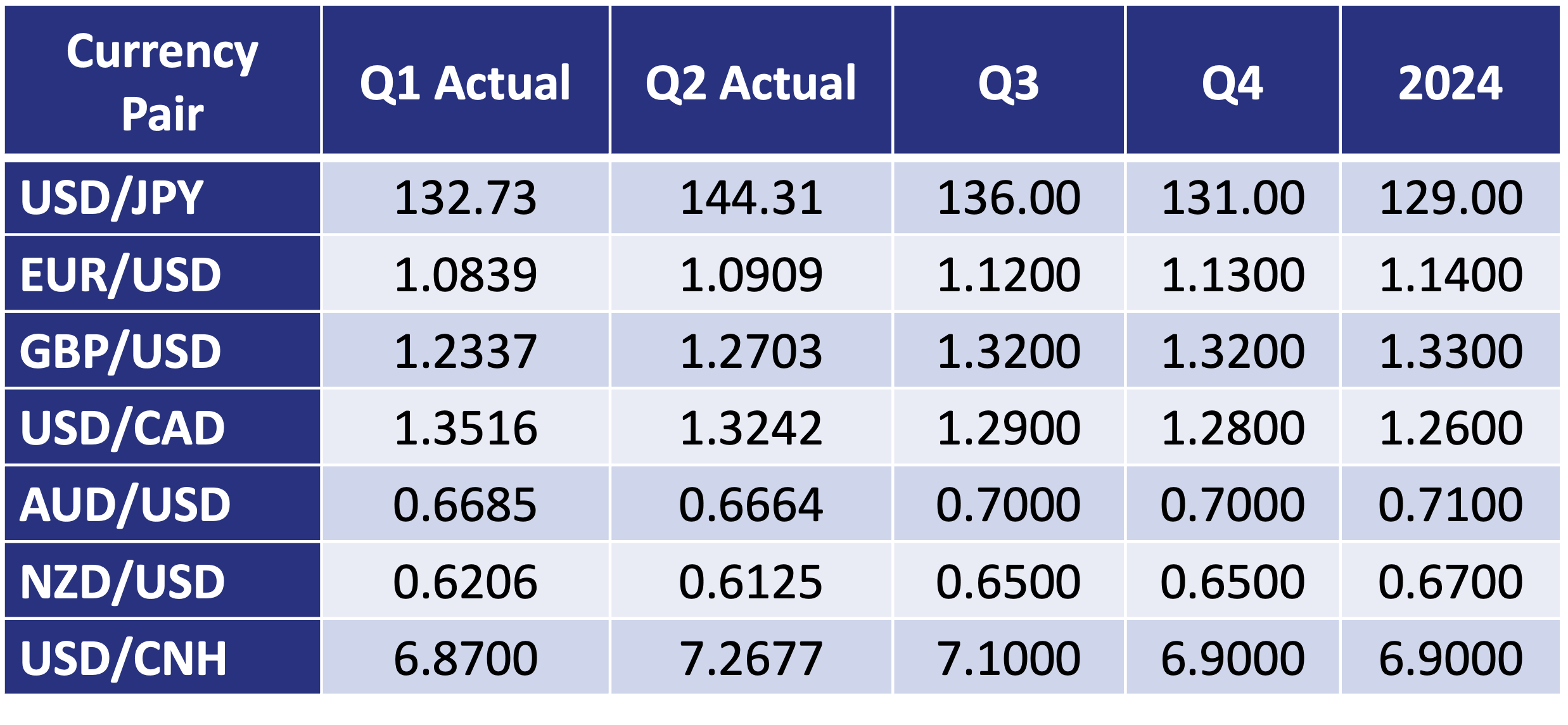
The above forecasts are the foreign exchange traders’ personal opinions and may not reflect the official views of the bank.
Except for the JPY and CNH, the remaining G10 currencies show greater potential in further appreciation against the USD, especially as the Fed approaches the end of its monetary tightening cycle. After hiking by 25 bps in July, Fed Chair Jerome Powell said that the September meeting could either be a pause or hike, depending on key US economic data releases until then.
The foreign exchange space may continue to see additional volatility in the weeks to come as markets try to anticipate what the Fed will do. But it does not change the reality that the end of the Fed’s tightening cycle is imminent.
EARL ANDREW “EA” AGUIRRE is a Market Strategist at Metrobank’s Financial Markets Sector and has 10 years of experience in foreign exchange, fixed income securities, and derivatives sales. He has a Master’s in Business Administration from the Ateneo Graduate School of Business. His interests include regularly traveling to Japan and learning its language and culture.






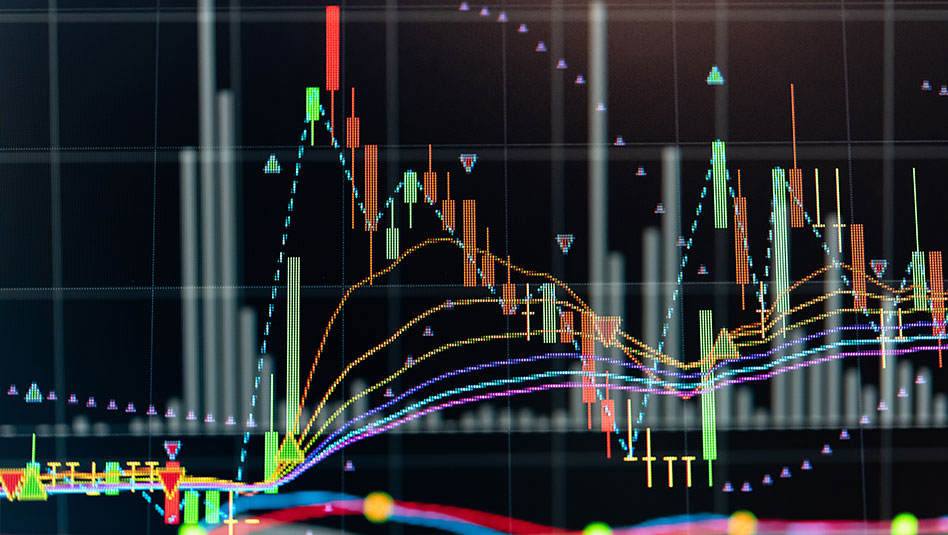
 DOWNLOAD
DOWNLOAD
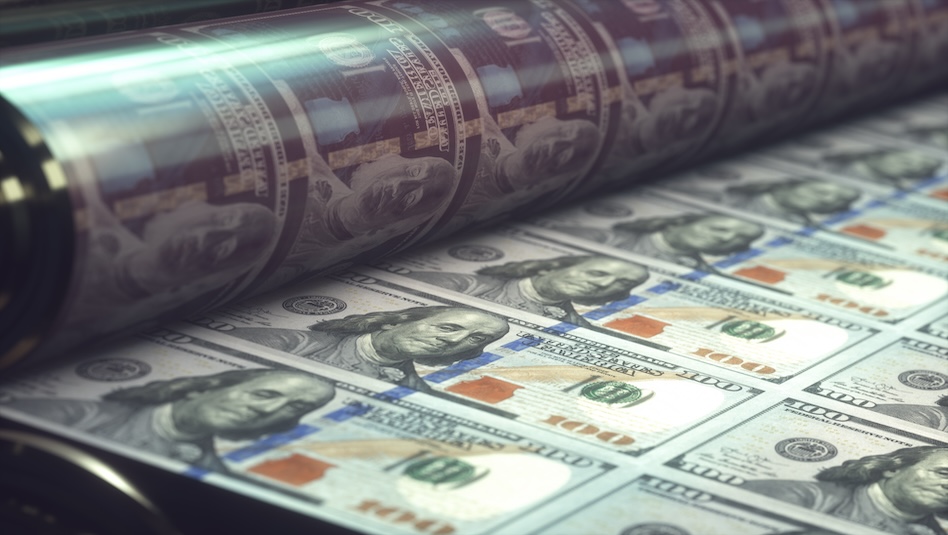



 By EA Aguirre
By EA Aguirre